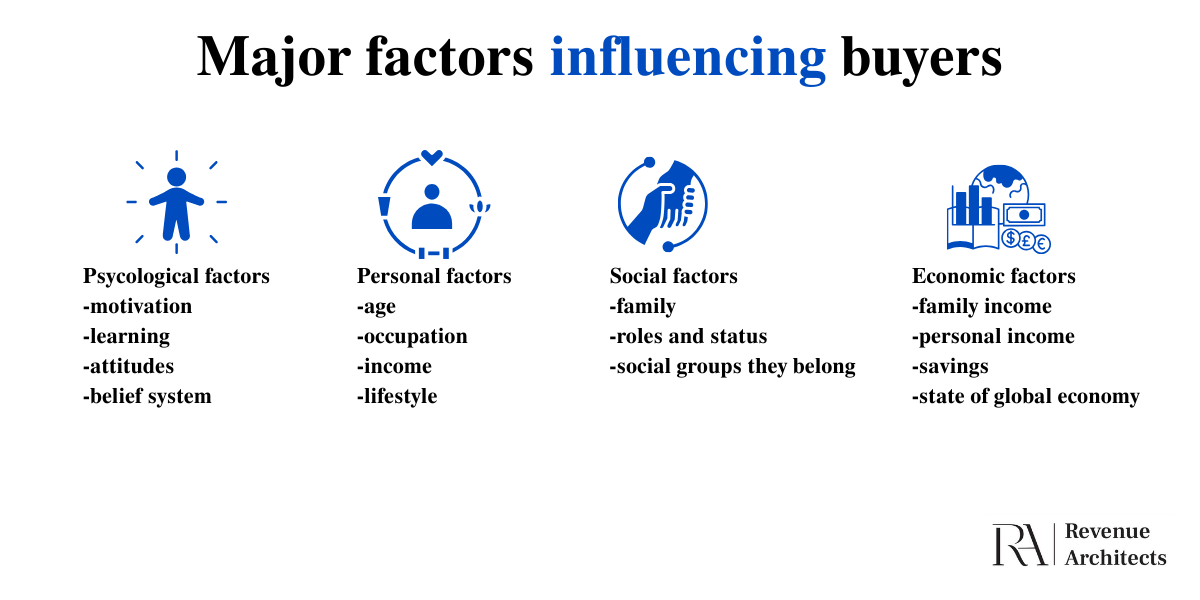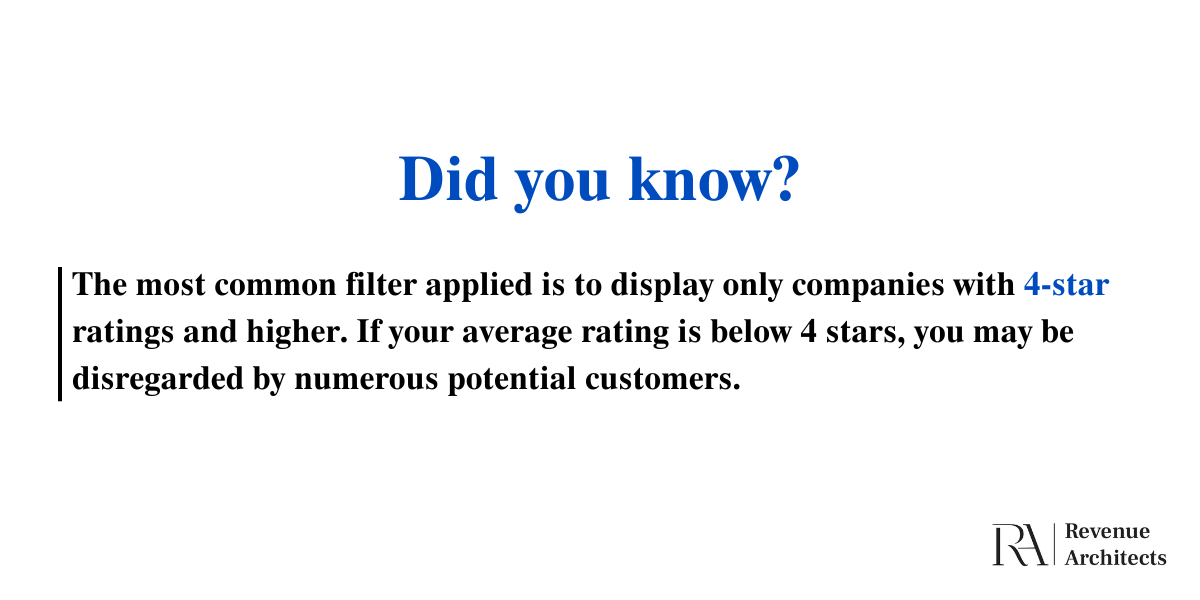
Understanding the motivations that drive consumers to choose one product over another is fundamental for success in business and marketing. Join us as we explore what understanding consumer behavior entails, why it is essential, and what factors influence it.
Imagine you’re at a bustling farmers’ market on a Saturday morning. The scent of fresh produce and baked goods wafts through the air. Shoppers meander from stall to stall, filling their baskets with items that catch their eye. Each decision they make, from selecting the ripest tomatoes to choosing the most fragrant bouquet, illustrates consumer behavior in action. These choices reflect a complex interplay of personal preferences, social influences, cultural norms, and economic considerations.
So, consumer behavior encompasses individuals’ and groups’ decisions when buying, using, and disposing of products, services, ideas, or experiences. It involves analyzing various elements and influences that shape consumer choices, such as psychological, social, cultural, and economic aspects.
Understanding consumer behavior is essential for businesses to comprehend their customers’ characteristics, actions, and motivations. It is especially crucial when engaging with potential customers during discovery calls and to determine whether a lead is MQL or SQL. This includes examining important aspects such as:
By observing how consumers interact with your competitors’ products or services, you can identify their strengths and weaknesses. Basically, it can present opportunities for you to develop products or services that meet unfulfilled customer needs, giving you a competitive advantage.
For example, if consumers flock to a competitor’s product due to its eco-friendly packaging, you might consider adopting sustainable practices to attract environmentally-conscious buyers.
Improving Customer Satisfaction
By identifying customers’ preferences, pain points, and expectations, you can address them and enhance their overall experience with your products or services. Greater satisfaction leads to loyalty, encourages repeat purchases, and even turns customers into brand ambassadors who recommend your products and services. Consider a customer who loves your product but finds the checkout process cumbersome. Simplifying this process can significantly boost their satisfaction and likelihood of returning.
By segmenting your audience based on their behavior and interests, you can create more personalized and relevant marketing messages that resonate with potential customers. This approach increases customer loyalty and retention and fosters a deeper connection between you and your customers. Imagine sending a targeted email campaign to fitness enthusiasts showcasing your latest sportswear line, explicitly tailored to their preferences and needs.
Understanding consumer behavior allows companies to allocate resources more efficiently, directing marketing efforts toward channels and strategies aligned with consumer preferences. This minimizes waste on ineffective campaigns and optimizes return on investment. For instance, if data reveals that your target audience spends more time on Instagram than on Facebook, focusing your advertising budget on Instagram can yield better results.
Here, we detail the four types of consumer buying behavior and their implications for businesses.
1.Habitual Buying behavior
This purchase involves repeatedly buying a product or service with little thought. There is little brand loyalty, as consumers make quick and automatic buying decisions based on convenience and familiarity. Picture a person who always buys the same milk brand every week without considering alternatives. Maintaining the visibility and availability of these staple products is crucial for businesses.
2.Variety-Seeking Buying behavior
This occurs when consumers actively seek new and different products or services, enjoying trying various options. For businesses, this behavior suggests the need to innovate and create marketing campaigns that appeal to those seeking novelty and variety. Consider the food industry, where consumers might switch from one snack brand to another to try something new. Offering limited-edition flavours can attract these variety seekers.
3.Complex Buying behavior
This behavior is typical of significant purchase decisions involving high risk or investment, such as cars or advanced technology. Consumers thoroughly research, evaluate multiple options and consider various factors before deciding. Companies facing complex buying behavior should focus on providing detailed information, showcasing reviews to build trust, and offering exceptional customer service. Think of someone buying a new laptop. They compare specs, read reviews, and visit stores to test models before deciding.
4.Dissonance-Reducing Buying behavior
This arises when consumers feel uncertain or regretful after making a significant purchase. They seek reassurance and validation by exploring reviews or researching more to confirm their decision. Companies can offer guarantees or return policies to alleviate doubts and build trust. For instance, a generous return policy can ease the mind of someone who has just bought an expensive piece of furniture, knowing they can return it if it doesn’t fit their home.
There are several main factors that can determine customer behavior, including social, psychological, personal, and economic factors. Each of these categories has its own set of determinants, but here is a list of the most important ones that we have identified.

People are drawn to products, services, ideas, or experiences that align with their preferences. For example, when encountering a promotion for a new camera, a photography enthusiast is likelier to make a purchase compared to someone with no prior camera experience. Personal interests profoundly shape our buying decisions, influencing what we buy and how we feel about those purchases.
Age plays a crucial role in among personal factors, influencing how individuals and groups decide when buying, using, or disposing of various offerings. For example, a recent study revealed that 44% of Generation Z makes purchasing decisions based on recommendations from social media influencers, compared to 26% in other age groups. This highlights the importance of understanding different age groups’ unique preferences and behaviors.
Income levels are essential in consumer behavior, determining purchasing power and accessibility to different products and services. Individuals with limited income may exhibit more complex buying patterns, while those with higher income often have the financial freedom for impulsive or diverse purchase decisions. A high-income consumer might only think once before buying the latest smartphone, while a low-income consumer might save and research extensively before making such a purchase. Also, the state of the global economy can play a significant role in determining whether individuals will decide to invest in more expensive items, such as cars and houses. During unstable economic times, people tend to postpone such decisions.
The opinions of those around us, such as friends, family, or colleagues, significantly influence our purchasing decisions. For example, a friend’s positive experience with a specific phone model can affect someone’s choice when buying a new smartphone. Social circles and peer pressure drive our consumer behavior, sometimes more powerfully than our preferences.
Reviews are powerful tools for shaping purchasing decisions and providing authentic information about products, services, and brands. Positive reviews build trust in potential customers; indeed, more and more customers read online reviews before purchasing. Conversely, negative reviews can deter buyers and steer them toward other alternatives. A glowing review of a new restaurant can attract droves of foodies, while a scathing critique can empty tables. This underscores the immense power of word-of-mouth and online testimonials in shaping consumer behavior.

Understanding consumer behavior isn’t just a business strategy; it’s a journey into your customers’ minds and hearts. It involves digging deep into what drives their choices, from the subtle nudges of social influence to the significant pulls of personal interest and economic capability. Businesses that master this understanding can anticipate trends, meet unspoken needs, and build lasting customer relationships. To take the next step in improving your business insights and understanding your consumers better, get in touch with us today.
Growthnetix OÜ
Harju maakond Kesklinna
linnaosa, Ahtri tn 12, 10151
Tallinn, Estonia
VAT number: EE102550717